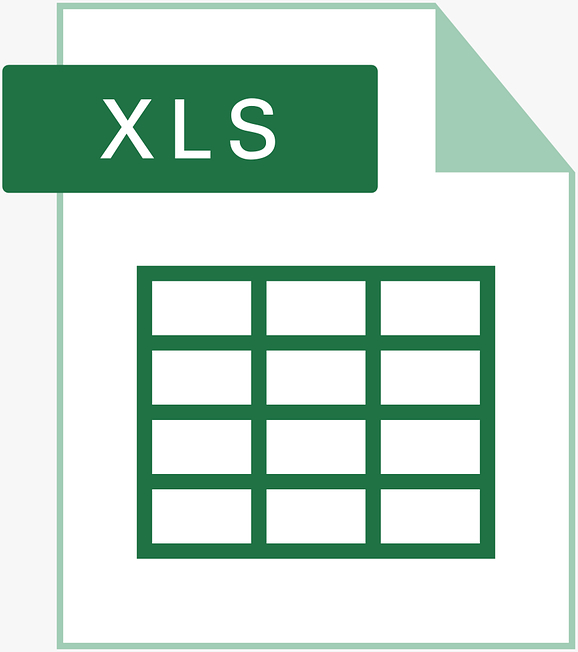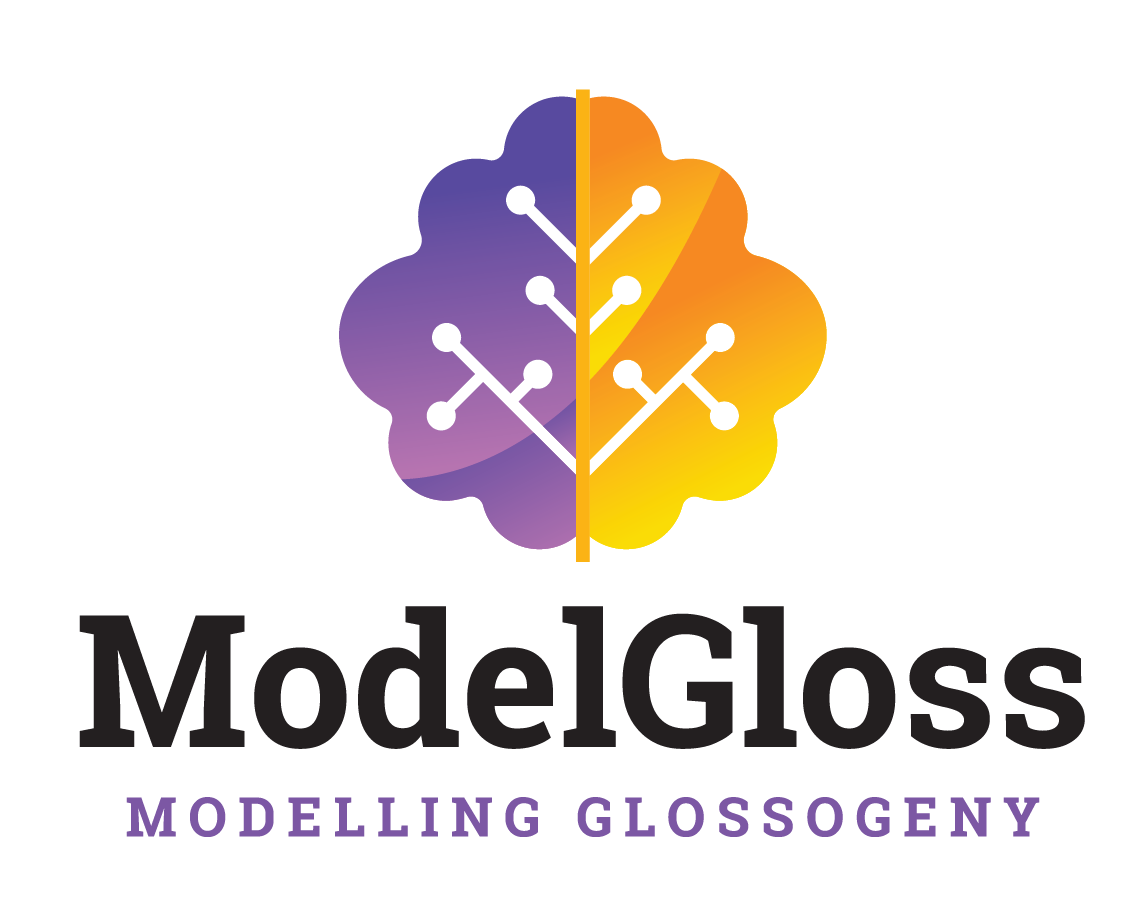RESULTS
HOME / RESULTSPUBLICATIONS
Michelioudakis, D., Ladoukakis, E. D., Pavlidis, P., Ramadanidis, A.-M., Makri, M.-M. & Anagnostopoulou, E. (2021). Exploring the morphosyntactic characters of WALS for the phylogenetic reconstructions of languages. Paper presented at the 41st Annual Meeting Department of Linguistics. Thessaloniki, Greece, May 14th 2021.
Anagnostopoulou, E, M.-M. Makri, D. Michelioudakis, & M. Ladoukakis (2021). Morphosyntactic characteristics of languages and biological tools in the study of glossogeny. Online presentation at the Colloquium Linguistic variation in the Mediterranean area. Rhodes, Department of Mediterranean Studies, University of the Aegean [in Greek].
Ladoukakis, E. D., Michelioudakis, D., & Anagnostopoulou, E. (2022). Toward an evolutionary framework for language variation and change. BioEssays, 44(3), 2100216. https://doi.org/10.1002/bies.202100216
- Abstract: In this paper, we identify the parallels and the differences between language and life as evolvable systems in pursuit of a framework that will investigate language change from the perspective of a general theory of evolution. Despite the consensus that languages change similarly to species, as reflected in the construction of language trees, the field has mainly applied biological techniques to specific problems of historical linguistics and has not systematically engaged in disentangling the basic concepts (population, reproductive unit, inheritance, etc.) and the core processes underlying evolutionary theory, namely mutation, selection, drift, and migration, as applied to language. We develop such a proposal. Treating language as an evolvable system places previous studies in a novel perspective, as it offers an elegant unifying framework that can accommodate current knowledge, utilize the rich theoretical framework of evolutionary biology, and synthesize many independent strands of inquiry, initiating a whole new research program.
Pavlidis, P., Ladoukakis, E. D., Zioutis, C., Makri, M.-M., Michelioudakis, D., Sleeman, R. & Anagnostopoulou, E. (2023) Evaluating the phylogenetic signal of morphosyntax. Paper presented at the Computational Phylogenetics and Language (Pre)history Workshop. Rethymnon, Greece, May 23rd-25th 2023
Ladoukakis, E.D., Michelioudakis, D., Anagnostopoulou, E. (2022). Parallels between organisms and languages as evolvable systems. Paper presented at the 15th International Congress on the Zoogeography and Ecology of Greece and Adjacent Regions, Lesvos, Greece, October 12-15, 2022.
TABLES
- Table of 60 Indo-European Languages with morphosyntactic characters from WALS (Dryer, M. S., & Haspelmath, M. 2013)

- Table of 60 Indo-European Languages with binarised morpho-syntactic characters based on WALS (Dryer, M. S., & Haspelmath, M. 2013)

- Table of 60 Indo-European Languages with binarised morpho-syntactic characters based on WALS (Dryer, M. S., & Haspelmath, M. 2013) excluding characters that did not attain 75% completeness

- Table of 60 Indo-European Languages with revised WALS-based binary morpho-syntactic characters (Dryer, M. S., & Haspelmath, M. 2013)

- Table of 60 Indo-European Languages with novel characters in combination with revised WALS-based binary morpho-syntactic characters (Dryer, M. S., & Haspelmath, M. 2013)

PHYLOGENETIC TREES
- Maximum Parsimony Indo-European Trees
- Neighbor Joining Indo-European Trees
- Indo-European trees constructed with Bayesian phylogenetic algorithms
- Strict Clock Bayesian trees of the Indo-European language family based on morphosyntactic data
- Relaxed Clock Bayesian trees of the Indo-European language family based on morphosyntactic data
- Indo-European trees constructed with Bayesian phylogenetic algorithms with character partition/selection based on stability values by Wichmann, S., & Holman, E. W. (2009)
- Indo-European trees constructed with Bayesian phylogenetic algorithms with character partition based on stability values by Wichmann, S., & Holman, E. W. (2009)
- Strict Clock Bayesian trees of the Indo-European language family based on morphosyntactic data
- Relaxed Clock Bayesian trees of the Indo-European language family based on morphosyntactic data
- Indo-European trees constructed with Bayesian phylogenetic algorithms with character partition and selection based on stability values by Wichmann, S., & Holman, E. W. (2009) from 53 contemporary and 7 older languages
- Stable, Unstable and Very Unstable Characters (relaxed clock)

- Stable, Unstable and Very Unstable Characters (strict clock)

- Very Stable, Stable and Unstable characters (relaxed clock)

- Very Stable, Stable and Unstable characters (strict clock)

- Stable characters (relaxed clock)

- Stable characters (strict clock)

- Unstable characters (relaxed clock)

- Unstable characters (strict clock)

- Very stable characters (relaxed clock)

- Very stable characters (strict clock)

- Stable, Unstable and Very Unstable Characters (relaxed clock)
- Indo-European trees constructed with Bayesian phylogenetic algorithms with character partition based on stability values by Wichmann, S., & Holman, E. W. (2009)
- Indo-European trees constructed with Bayesian phylogenetic algorithms based on cognate data (46 languages; Dyen, I., Kruskal, J.B., & Black, P. 1992) versus our morphosyntactic data (the same 46 languages)
LINK ACTIVATION

Useful links
https://wals.infohttps://terraling.com
https://asjp.clld.org
https://www.ethnologue.com
https://diacl.ht.lu.se/
https://d-place.org/
https://d-place.org/phylogenys
People, funds and people network photos were designed by pressfoto, Daboost and BianCoblue - www.freepik.com
Contact
University of CreteDepartment of Philology
Division of Linguistics
Τ (+30) 2831 077277
University of Crete
Department of Biology
Τ (+30) 2810 394067
modelgloss.project@gmail.com
